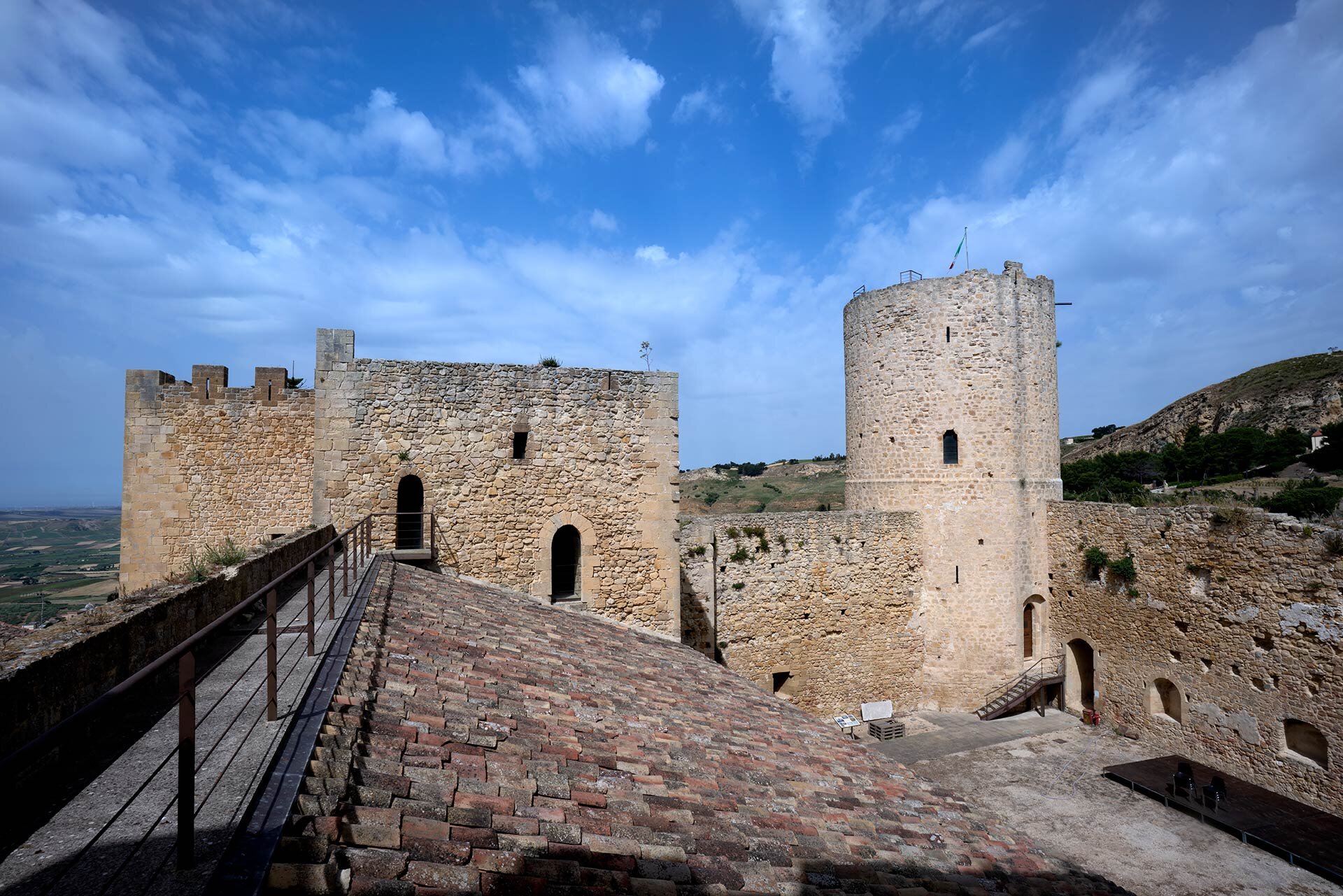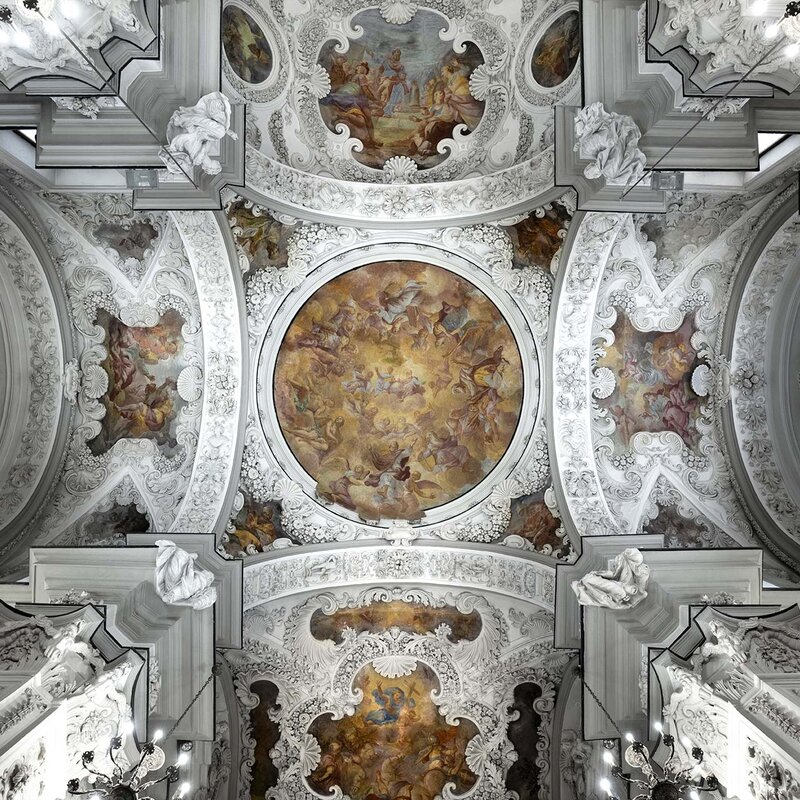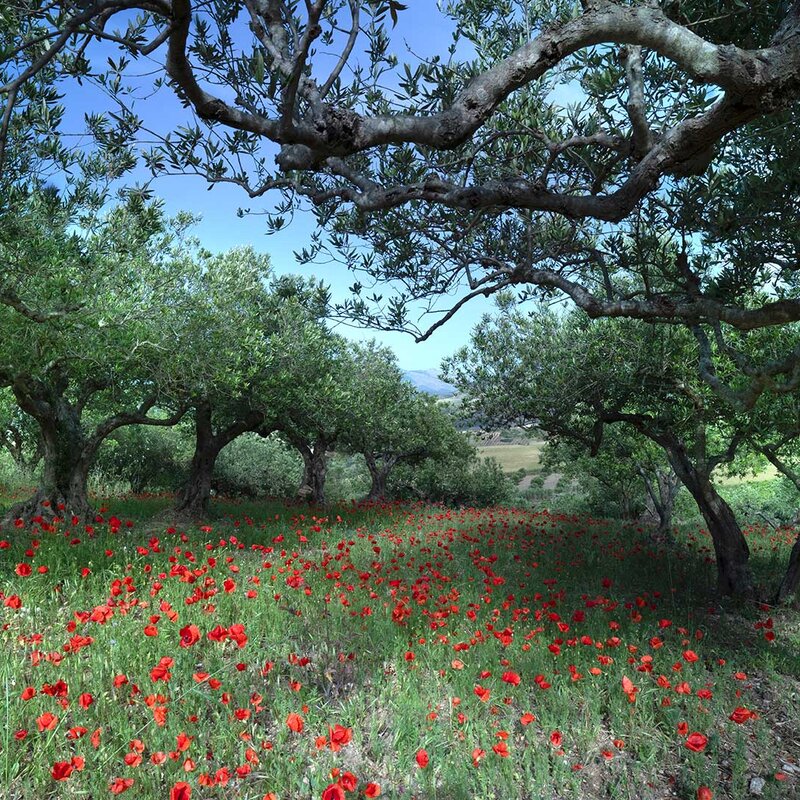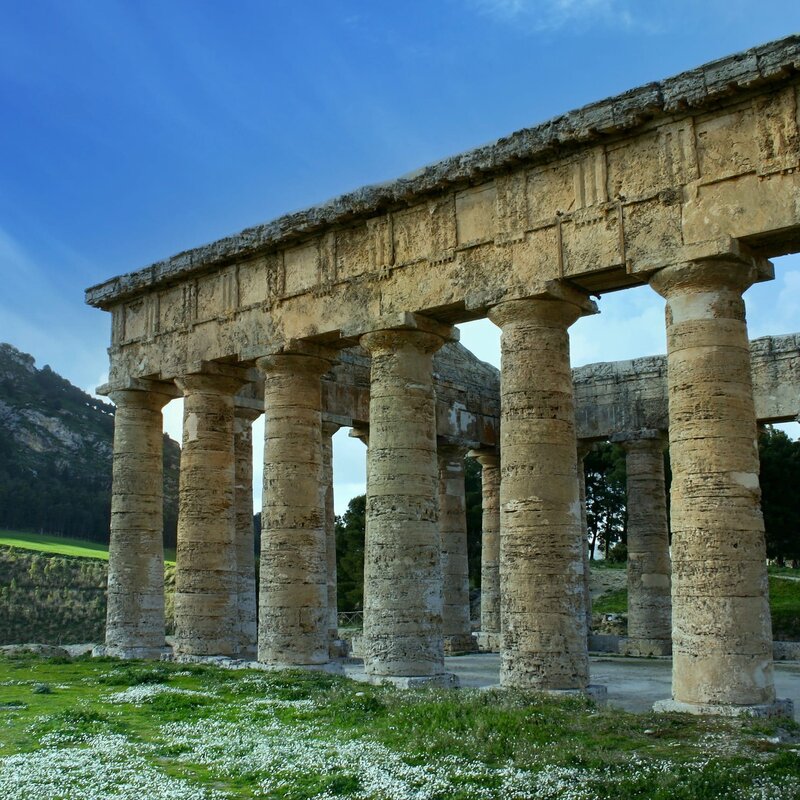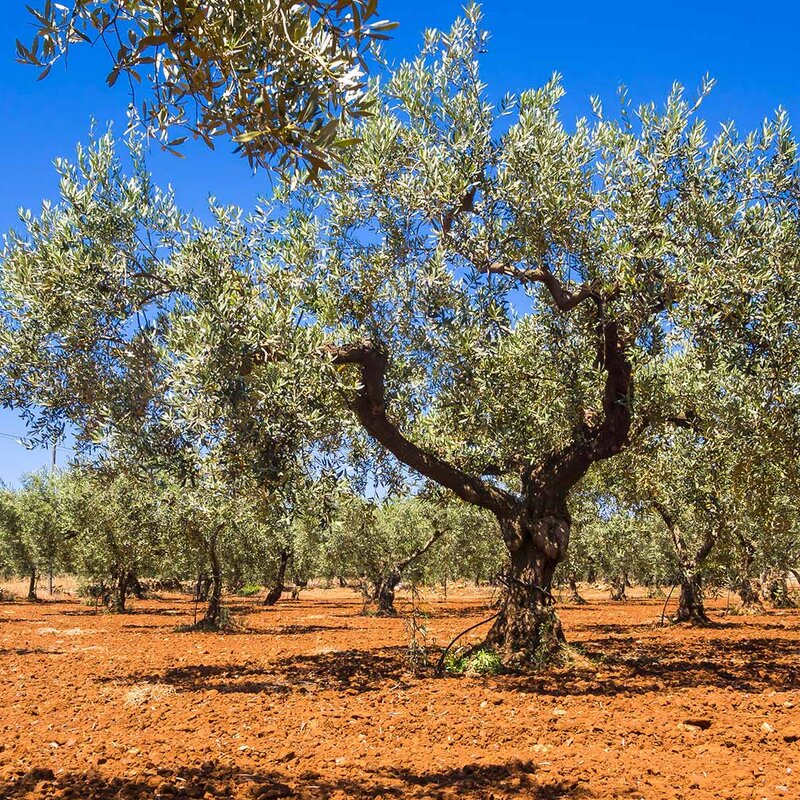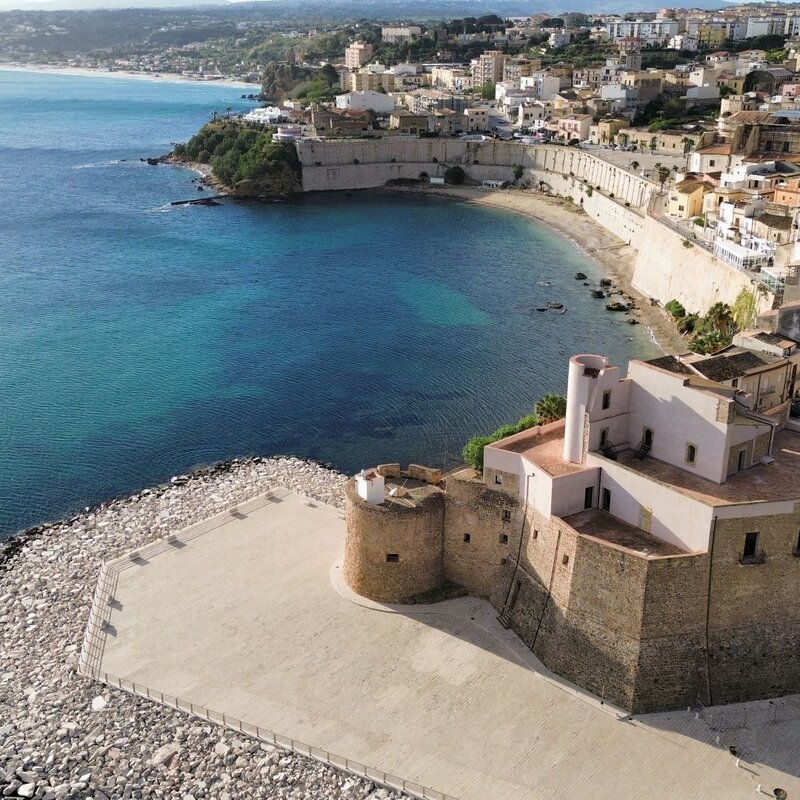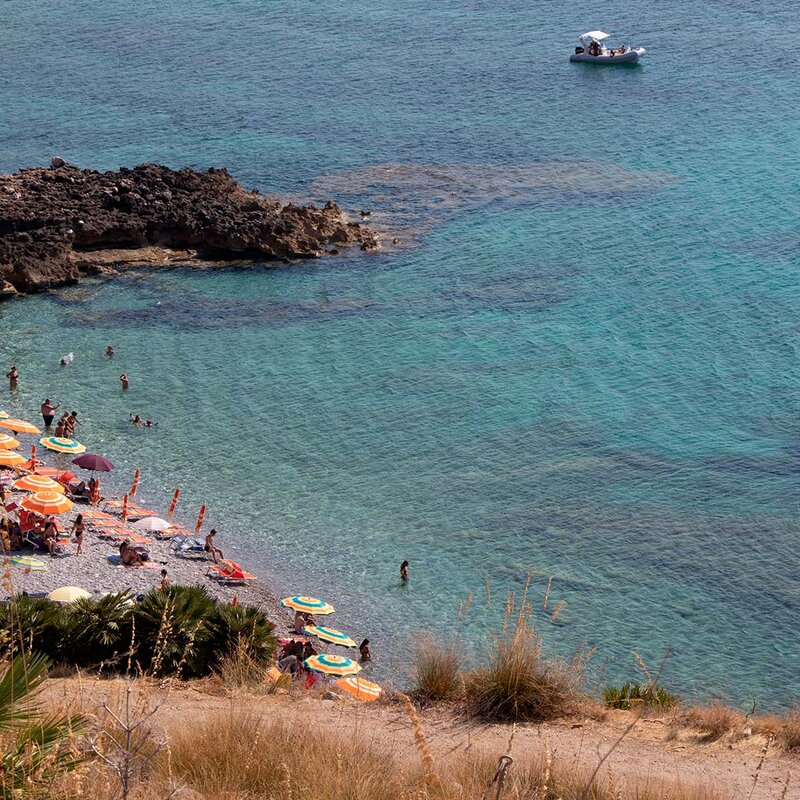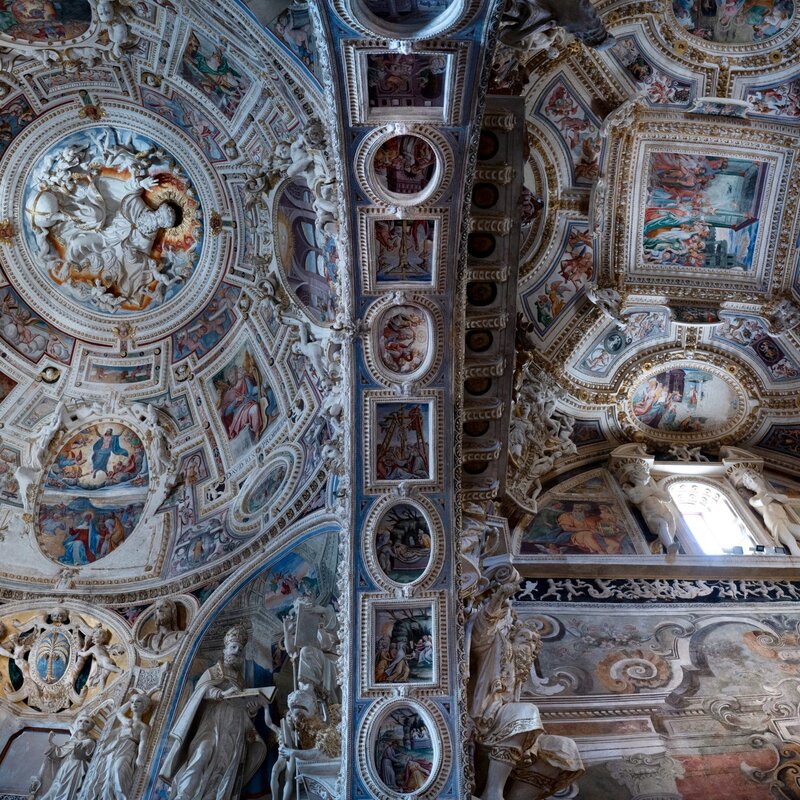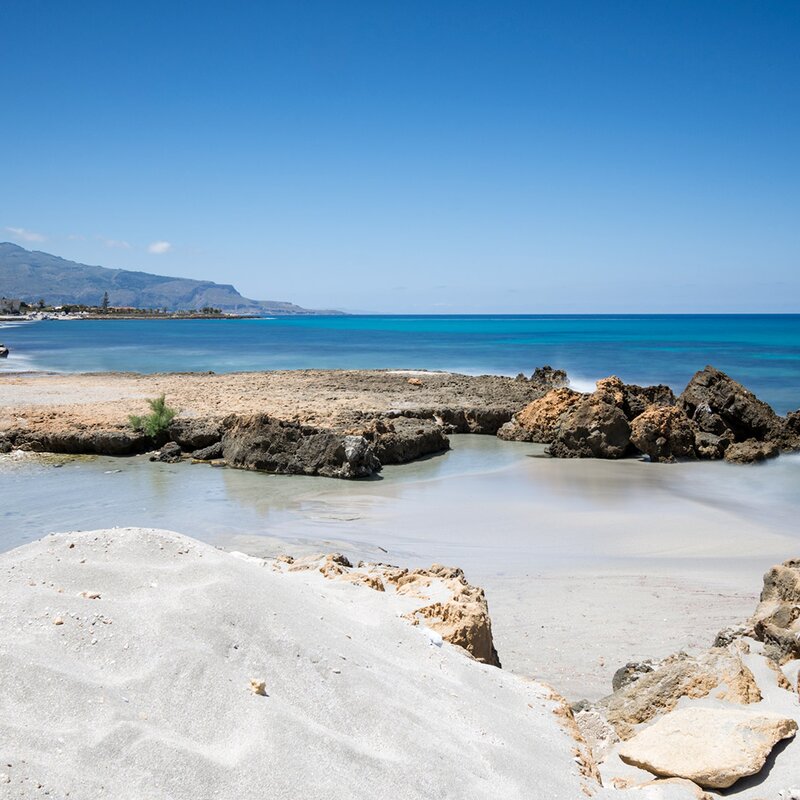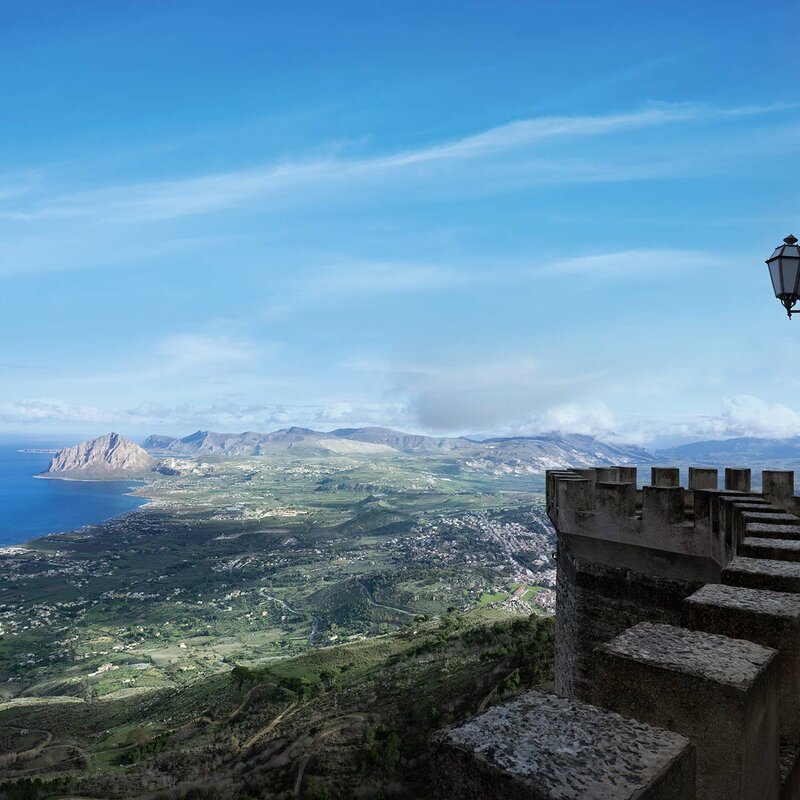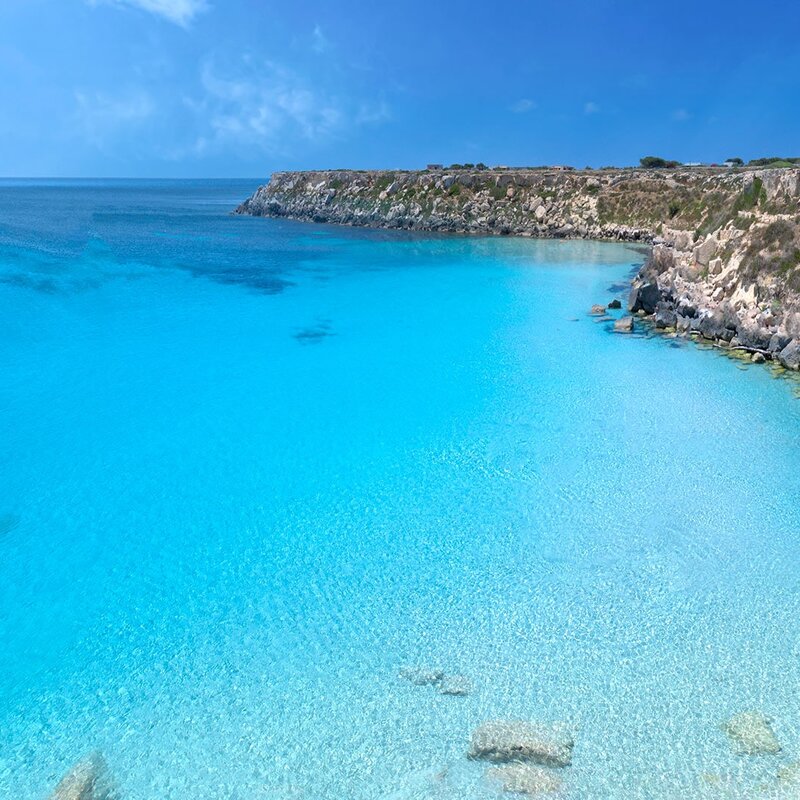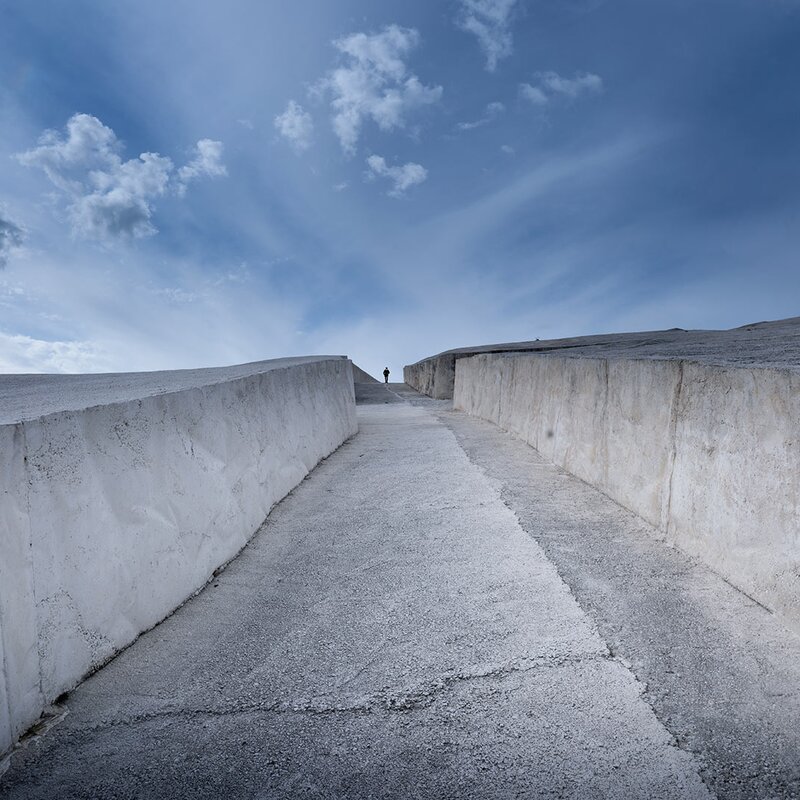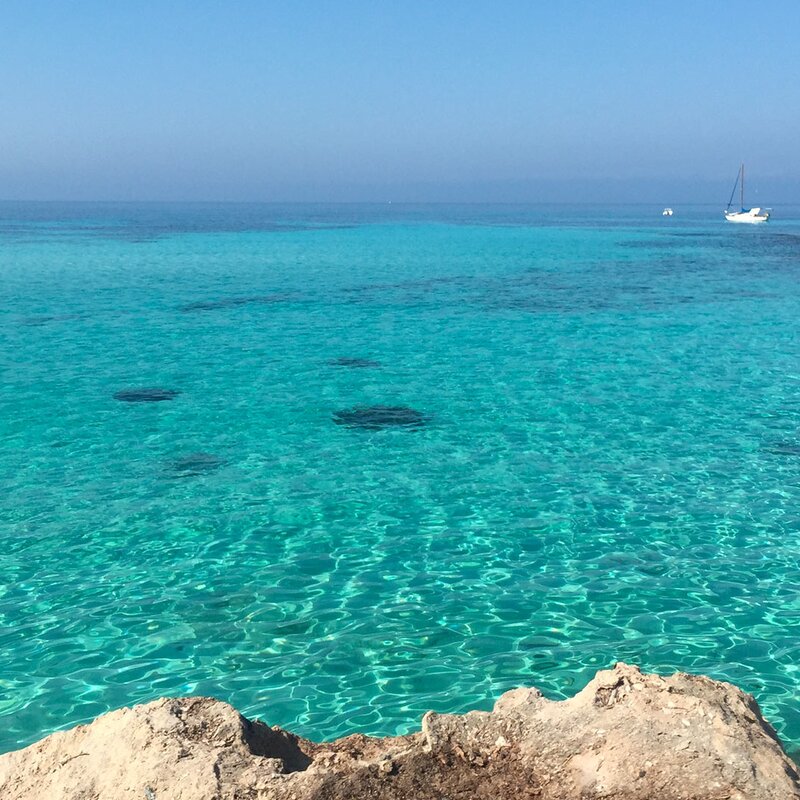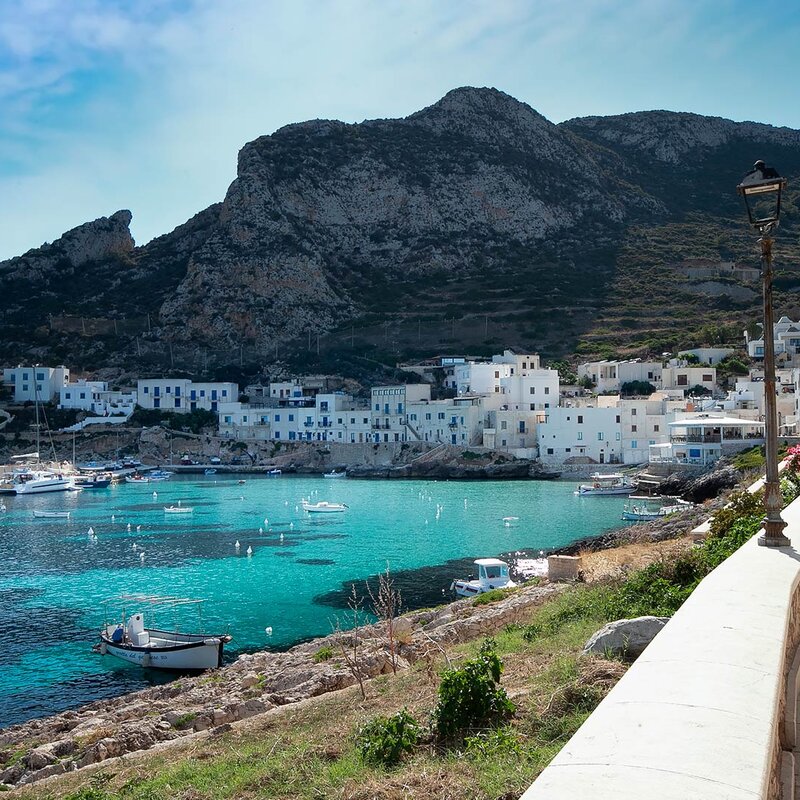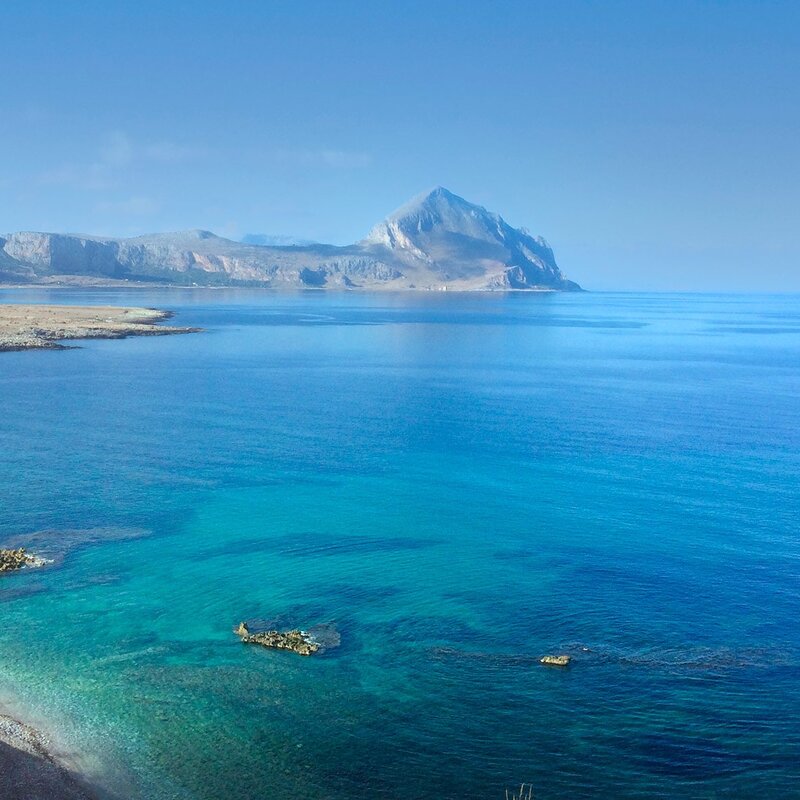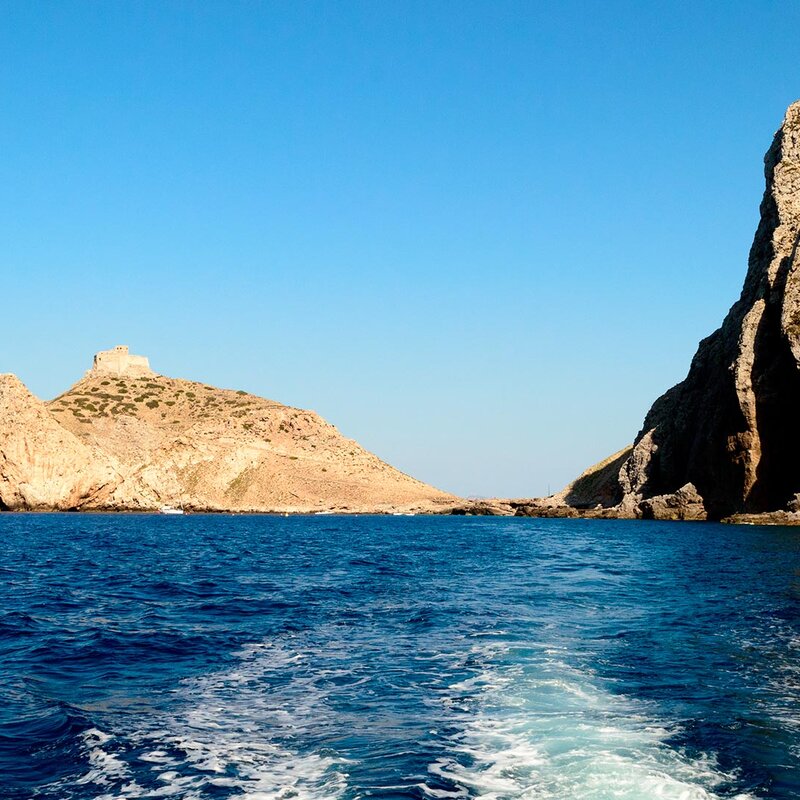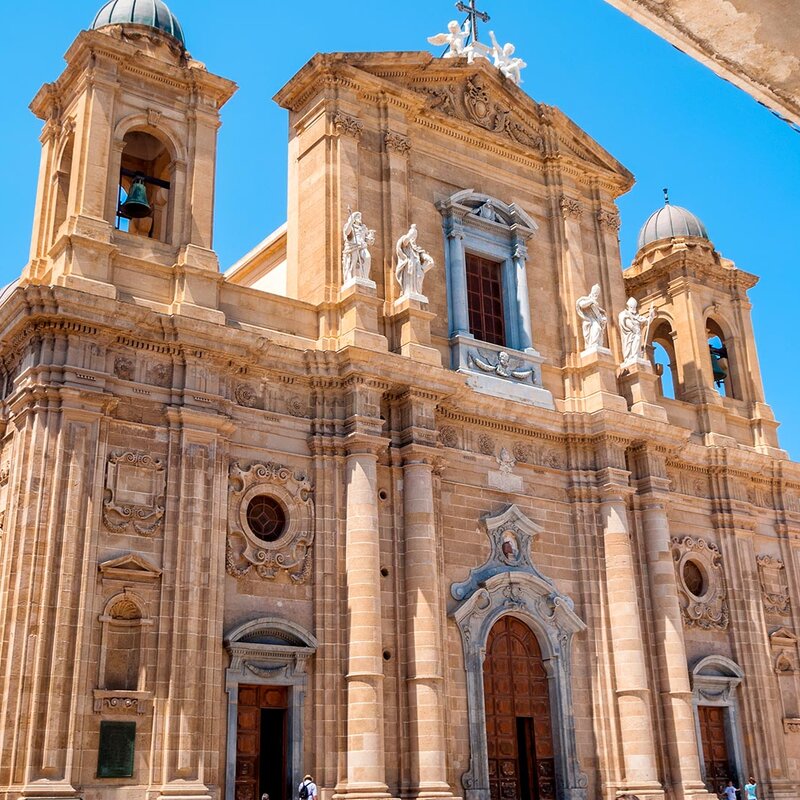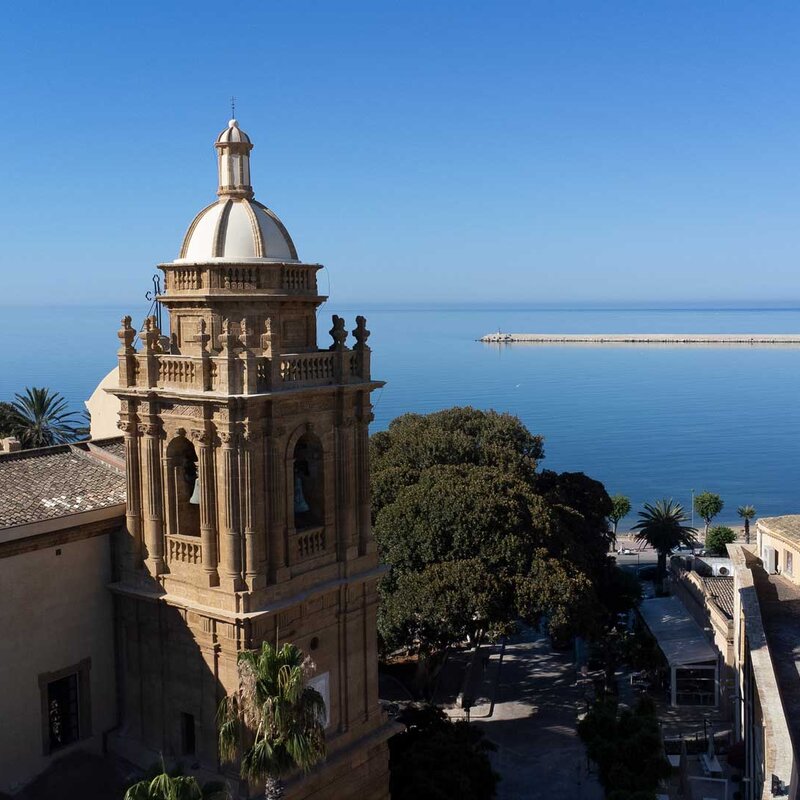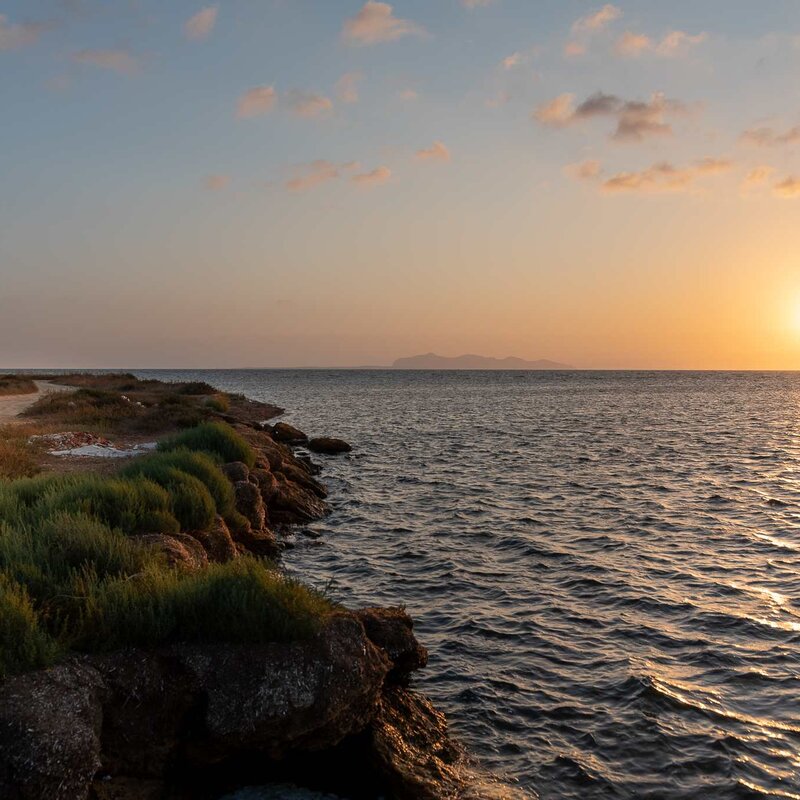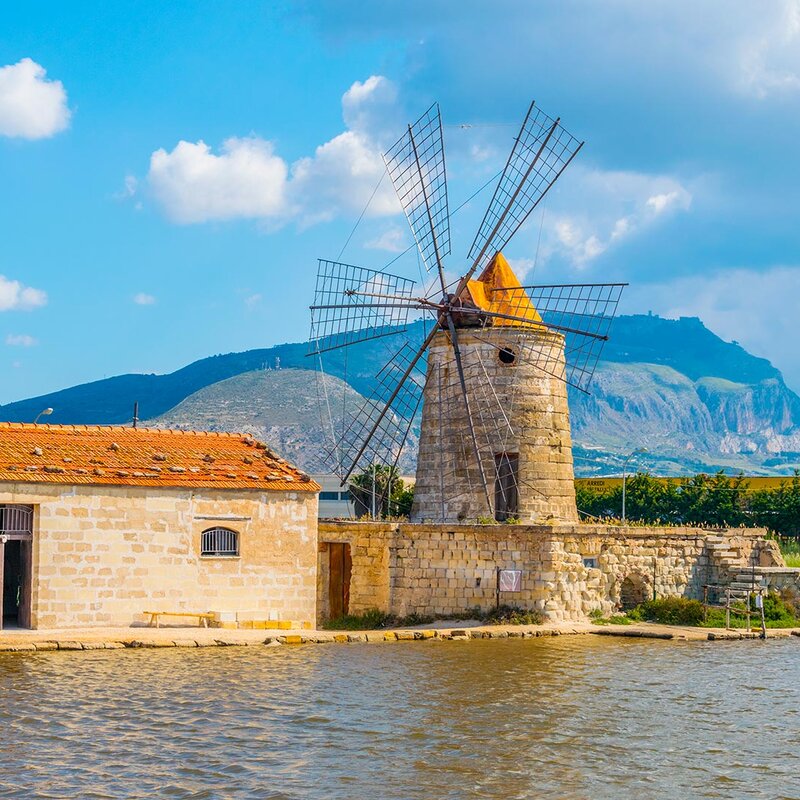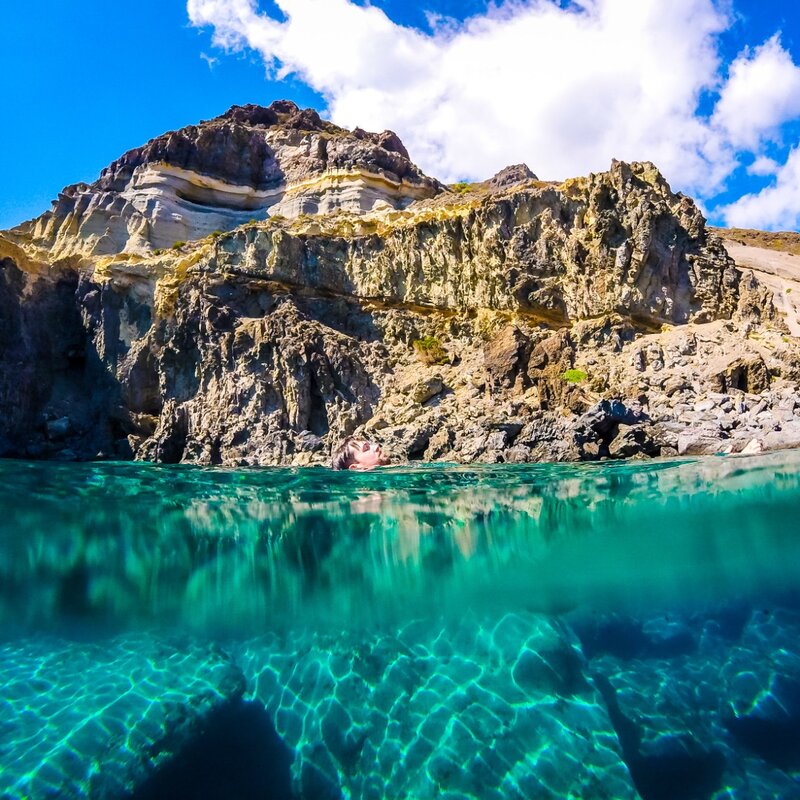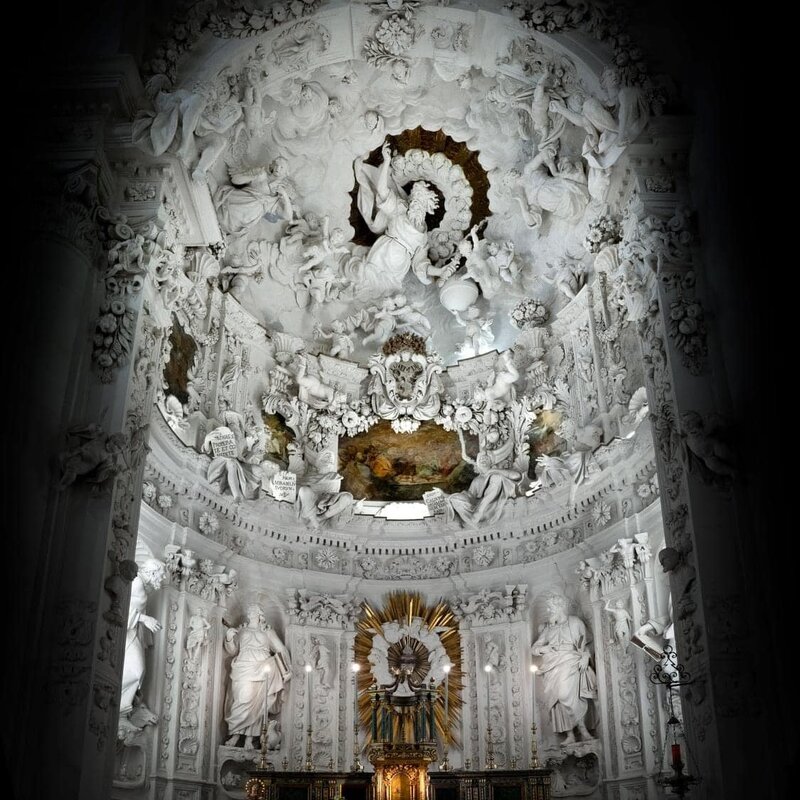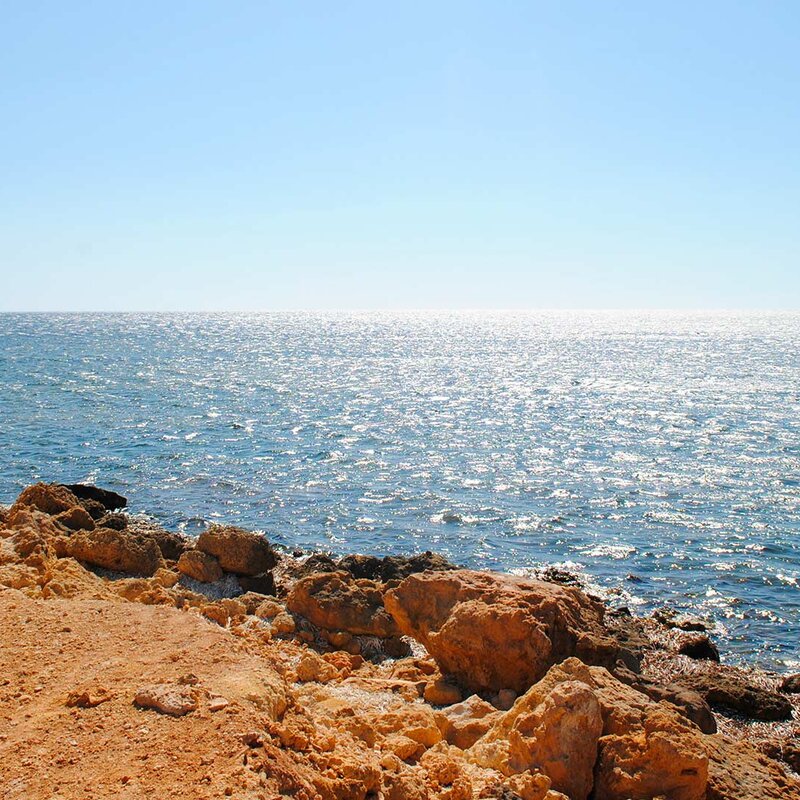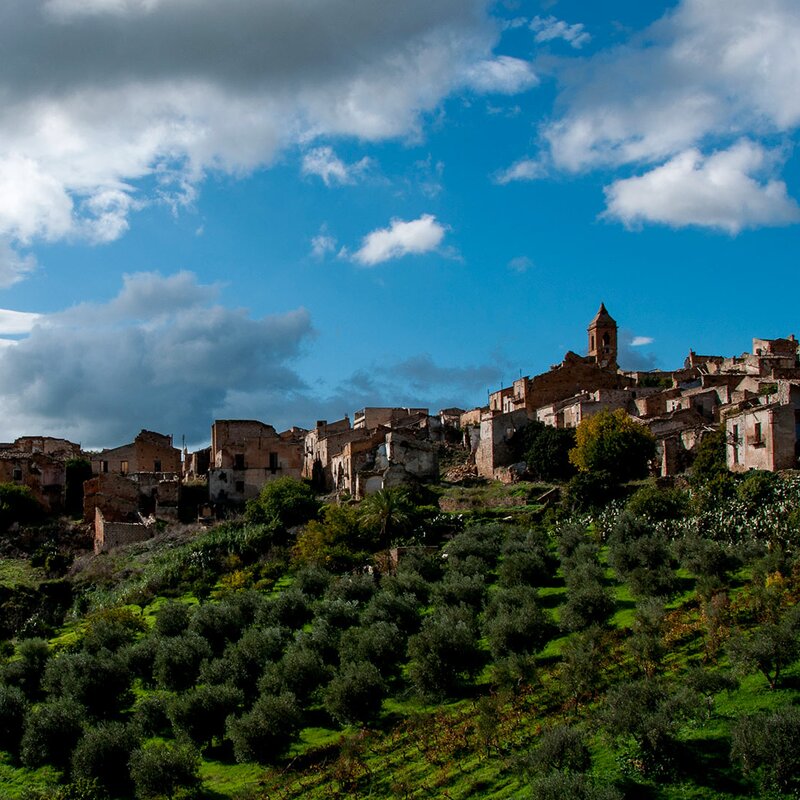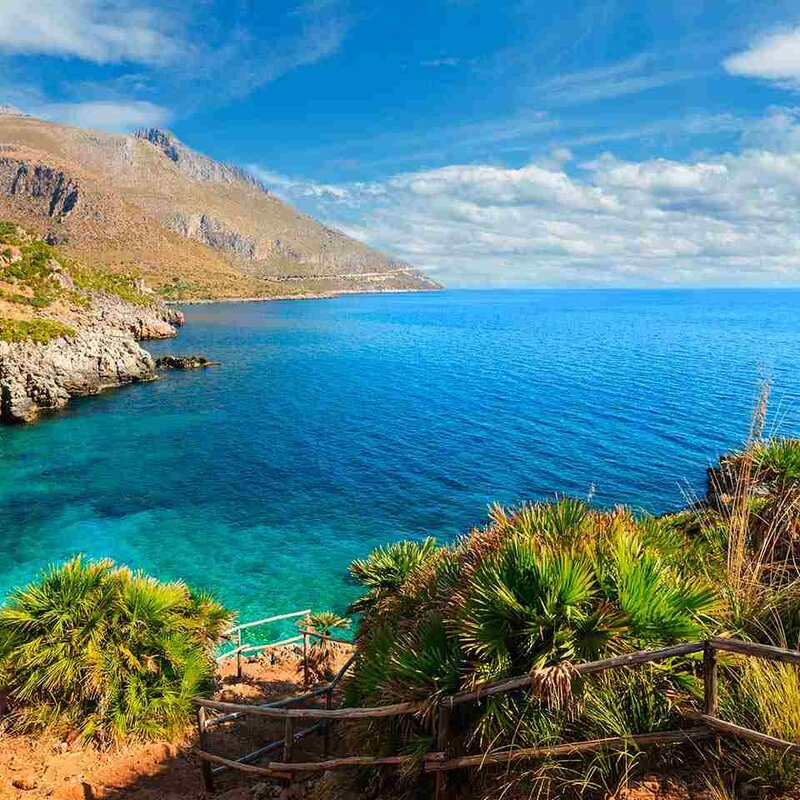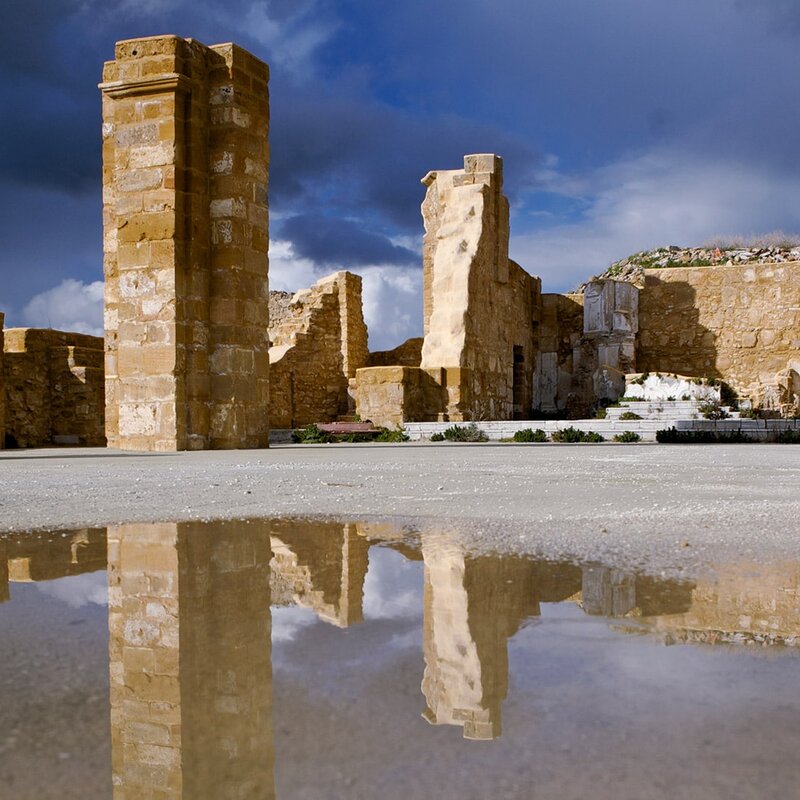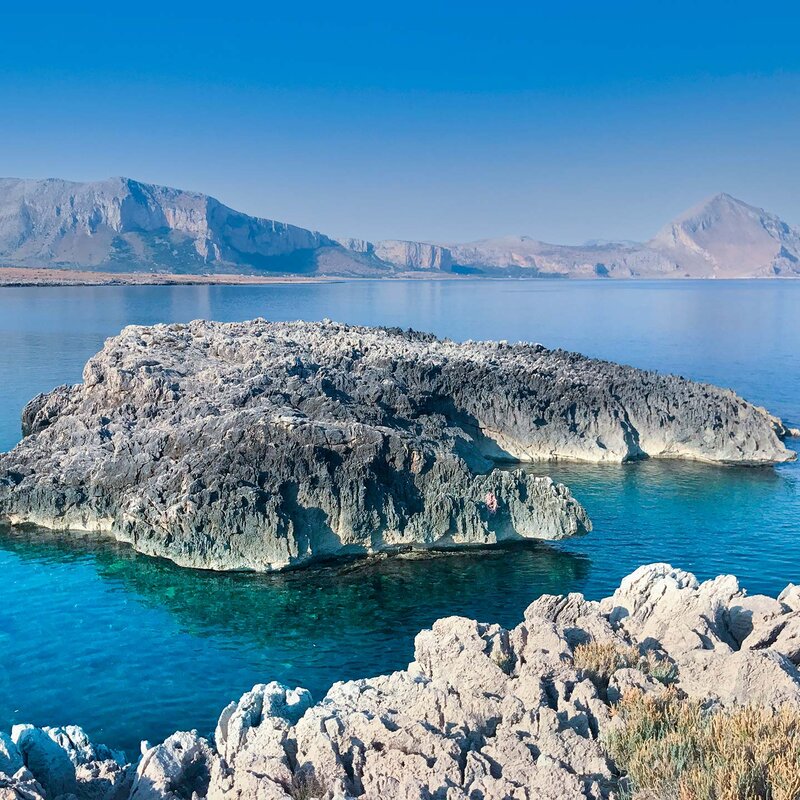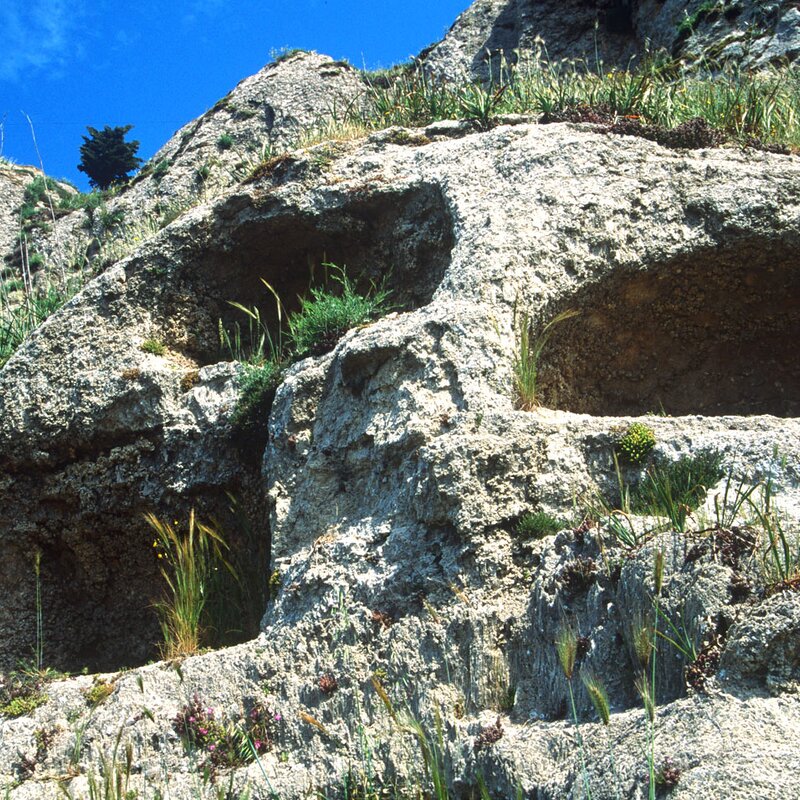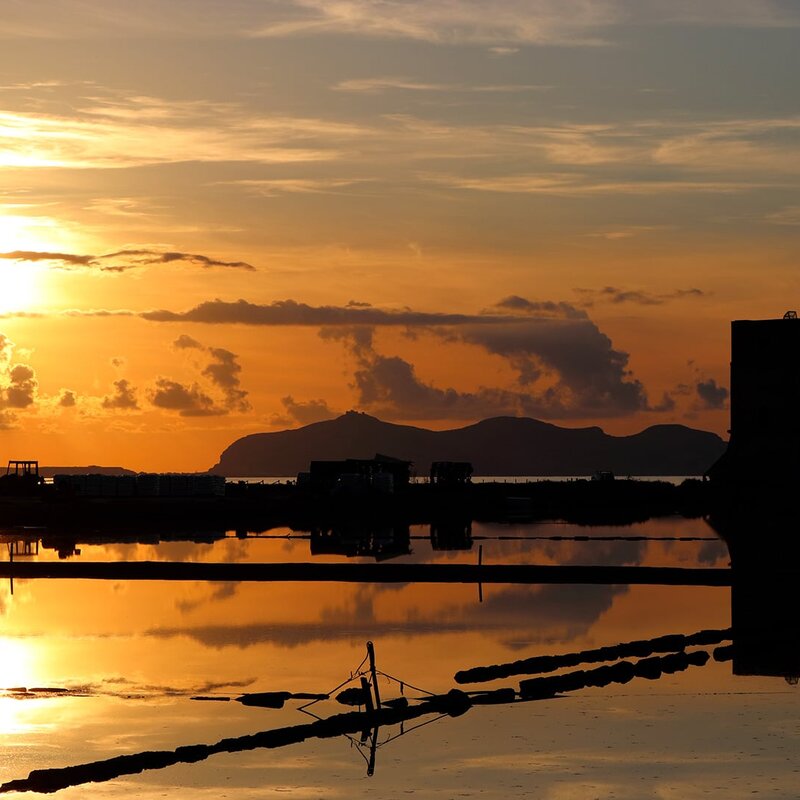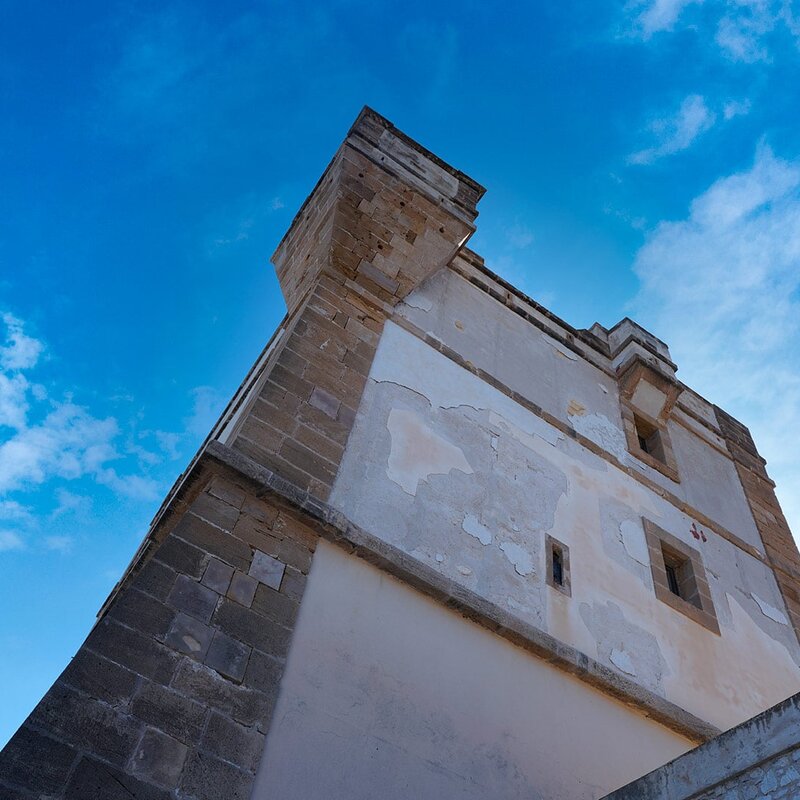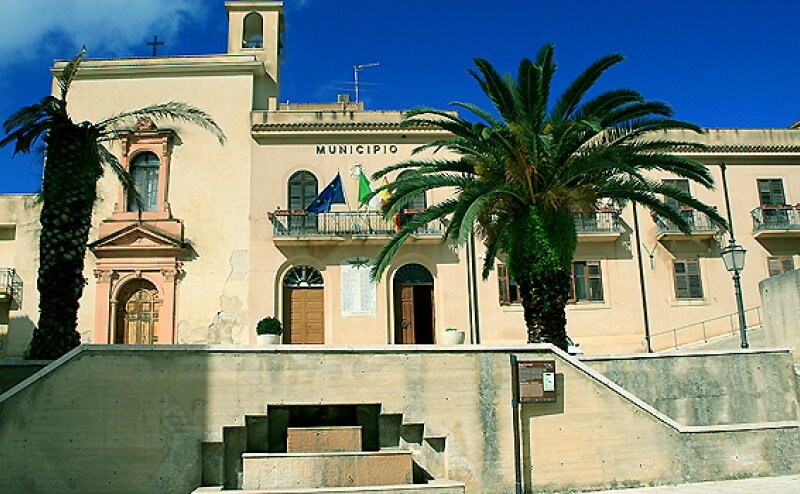Salemi
Today, Salemi is a town full of history, narrow streets, cobblestones and charming little churches.
The yellow-pink tones of the so-called Campanedda stone lend a unique colour to the buildings and dense urban fabric of its medieval old town.
The town represents paradigm of multiculturalism, in which Jewish and Arab culture have shaped the ancient districts of Giudecca and Rabato.
The highest part of the village contains valuable evidence of the religious orders and the local aristocracy, which are of great historical and artistic value and are fascinating to admire.
From an altitude of 442 meters above sea level, Salemi observes from the top of the hill on which lies a valley where rows of vineyards, gardens, wheat fields, paths, mule tracks,streams alternate.
From the northern side, however, the gaze rests on the green landscape of woods, between the hills of Filci and Polizo, where there was an important Elymian settlement.
In Salemi, in fact, nature meets history: a territory of natural beauty in which to dedicate oneself to hiking activities, through the exploration of paths, mountainous and hilly areas, combining them with the visit of its archaeological areas – of unique importance for the history of Mediterranean – like Mokarta, where one of the most important settlements of the Bronze Age settled with its fifteen circular houses, huts built with stone walls, and of which numerous tombs carved into the rock have also been found.
Culture, nature and traditions that still speak to us today in Salemi through the rituality of the festivals, in which the symbolic value of bread is expressed by a ceremonial with archaic roots.
NOT TO BE MISSED
- The Norman Swabian Castle
- The contemporary agora of Piazza Alicia
- Taste local wines and produce, such as Vastedda del Belice and zabbina cheeses
